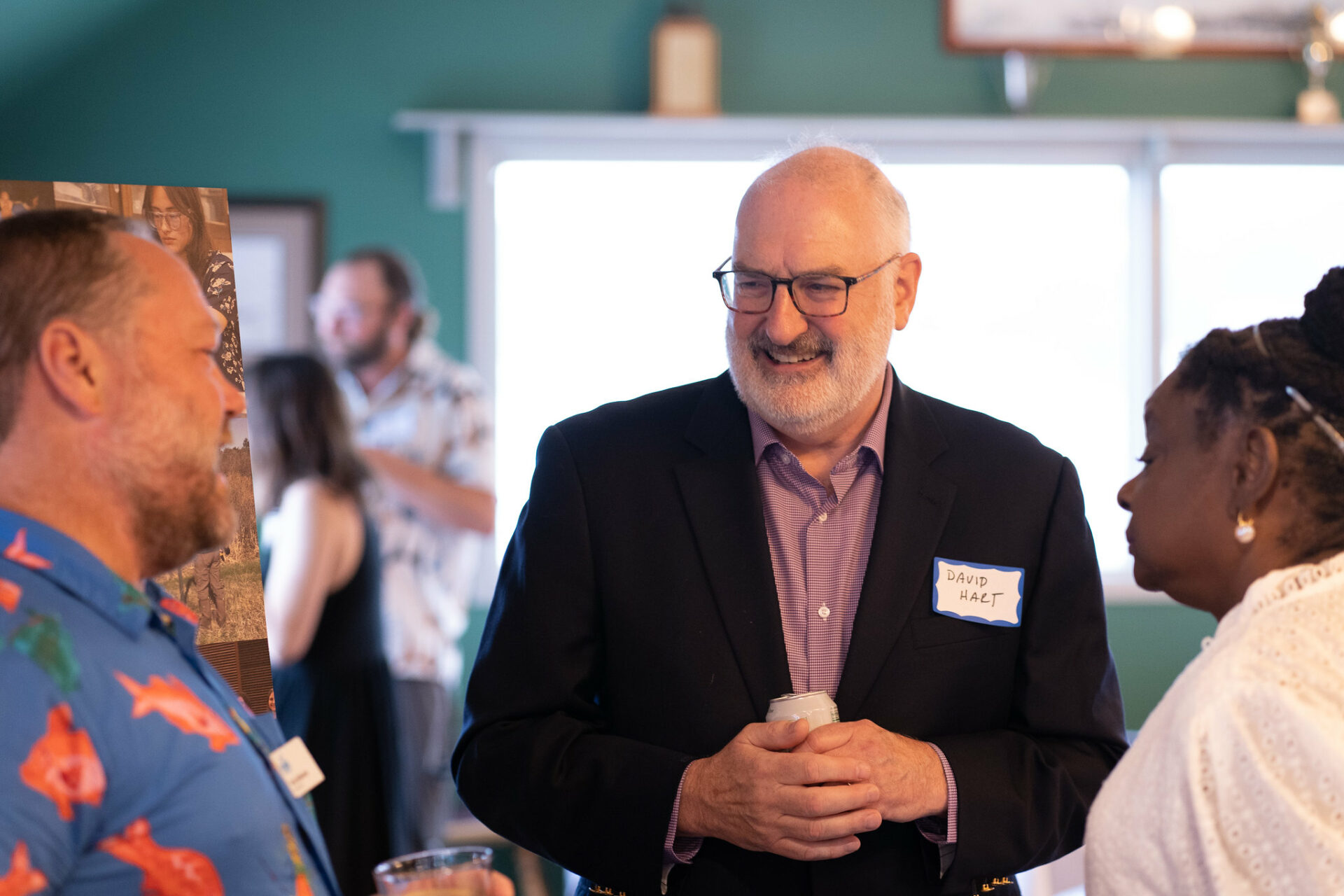When you visit a Wisconsin beach, the last thing you’re likely thinking about is how it’s been designed. You see the water, you see the sand and you begin to look for a perfect place to lay your towel down and go for a swim.
Beach design is, by contrast, the first thing Greg Kleinheinz sees. What’s the drainage situation? Why is that stormwater pipe there? Man, there are a lot of gulls on this beach.
Over the last few years, there’s been an increased amount of attention paid to beach health in Wisconsin, a state that was just named as having the 8th worst beach-water quality in America by the U.S. Environmental Protection Agency. But while water quality at public beaches in Wisconsin has been monitored under the BEACH Act since the early 2000s, there’s also been a missing piece.
“We’ve been doing beach monitoring for a decade, and we’ve gathered information on what causes contamination,’ said Kleinheinz, a professor of environmental engineering at University of Wisconsin-Oshkosh. “The problem is that there’s no funding to do much about it.”
Funding from the Great Lakes Restoration Initiative helped to re-engineer a handful of Great Lakes beaches, but that money didn’t extend to something Kleinheinz said he considers even more important–assessing whether the beach redesign had an impact in reducing contamination.
That’s where Kleinheinz and his team are stepping in. Backed by funding from University of Wisconsin Sea Grant, Kleinhienz is spending this summer measuring numbers of fecal bacterium indicators (think E.coli) at two Door County beaches that have undergone a redesign, then comparing them to two that haven’t.
“It’s a logical progression,” he said. “We’re asking the question directly–what’s the benefit of beach redesign?’
Kleinheinz’s study is specifically focusing on Sunset Park in Sturgeon Bay and the main public beach in Egg Harbor, both of which have undergone redesign efforts to improve quality. On the other side of the equation will be public beaches in Fish Creek and Ephraim, communities that have plans to redesign their beaches but have yet to implement them.
“We’re hoping to show the entire process, from identification of contamination to mitigation,” said Kleinheinz. “We’re revealing a real economic and environmental benefit to these communities.”
Kleinheinz need look no further than Egg Harbor for a powerful example. Greg Coulthurst, a conservationist with Door County Soil and Water Conservation, said he’s watched usage of the main public beach soar since a 2009 redesign that installed a stormwater filtration system, as well as bioswales, porous pavements and vegetative plantings to deter gulls and geese.
“Egg Harbor is one beach that has just gotten incredible usage,” said Coulthurst. “And a big part of that is because we’ve prevented a lot of the pollutants from reaching the beach. Up here, it’s all about the usage. When one community has all the beachgoers, the competition bar gets a little higher.”
Unlike beaches in urban centers like Milwaukee and Chicago, the source of contamination for most Wisconsin beaches, including those in Door County, is usually local. The three biggest sources are typically stormwater discharge, runoff from nearby parks/parking lots and avian fecal matter.
Both Fish Creek and Ephraim face political and practical obstacles to implementing beach redesign, said Coulthurst, like sacrificing needed parking space for tourists. A planned state highway improvement project scheduled in Fish Creek may delay that community’s redesign efforts.
Door County beaches don’t typically suffer the same levels of closures and advisories that beaches in urban centers like Milwaukee do—Kleinheinz said it typically hovers around 4 percent annually—but the impact is in some respects greater.
“Because of how these communities are structures, keeping beaches clean and open becomes more important economically,” he said. “In many of these places, one closure is too many.”
For his part, Coulthurst and his staff are gearing up to implement redesigns on five Door County beaches. This spring installation started at both Hotz and Sand Bay Park in the Town of Liberty grove and this fall, installation is expected at Lakeside Beach in Jacksonport, Haines Park in the Town of Nasewaupee, and Murphy Park in the Town of Egg Harbor. Those redesigns will include things like adding a couple feet of coarse sand nourishment, as well as installing curved cordwalks and vegetative berms of beach grass to distract geese populations.
Kleinheinz and his team will continue collecting beach-bacteria data through August, with an eye toward presenting their findings sometime in 2015.





